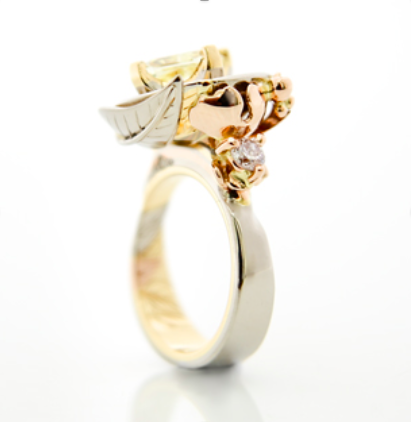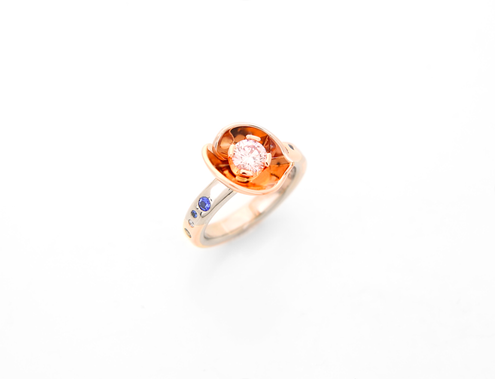
90% of the worlds pink diamonds come from the Western Australian Argyle diamond mine and although that sounds like the mine must be awash with pink diamond rough (imagine..!) it is definitely not the case because pinks are ferociously rare. Natural pink diamonds make up a minuscule percentage of the diamond market and that ensures they are one of the most valuable and coveted gems.
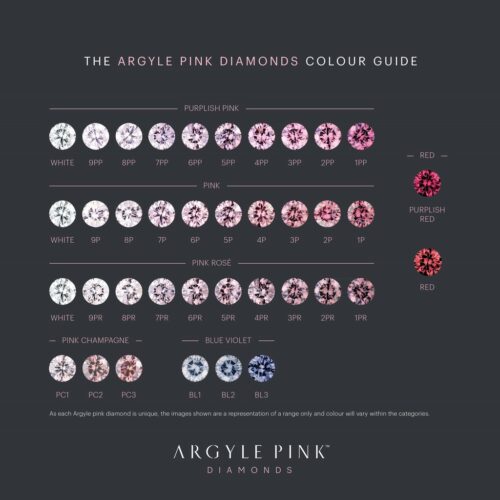
Interestingly, research was undertaken to determine the origin of the pink colour. Using a sample set of 90,000-plus diamonds submitted to GIA between 2008-2016 with pink as the primary colour (spanning colour hue range red-purple + saturation range, along with brown diamonds) the research confirms that the pink colour of 99.5% of pink diamonds comes from distortion in their crystal structure and not from trace elements. It can get a little technical (stay with me) pink diamonds containing nitrogen, the colour is generally concentrated within parallel narrow bands called glide planes, lamellae or pink/brown graining and cutters orient these lines under microscope, perpendicular to the table of the diamond to maximise body colour.
Imagine cutting pink diamonds as a job? You would need nerves of steel! The slightest misjudgement could mean irrevocable loss of precious colour; polishing alone takes three to four times longer than white diamonds.
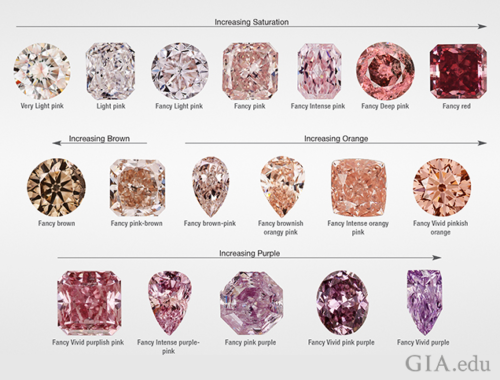
In the group of pinks that were studied, 47% of the study were unmodified pink (no other colour observed), 28% were purplish pink to pinkish purple, 17% were brownish pink to pinkish brown, 10% brownish orangeish-pink to orangey-pink, 3% were brown, 1% were purple-brown, purple-grey and purple and 0.9% were red, brown red or orange red.
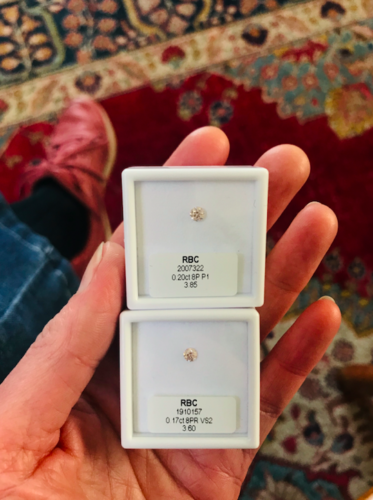
54% of the (47%) unmodified pink diamonds in the study were graded faint to light pink and this leads me to these pretty little pictured sweethearts. They both sit low in colour saturation, but the very soft pink is visible. The lower diamond is graded pink-rosé which has a very slight tonal difference to the pink-pink above it. They are well cut and super lively and choosing to include them in a piece of jewellery is like capturing a rare luxury and a tiny, sparkly piece of Australian gem history.
